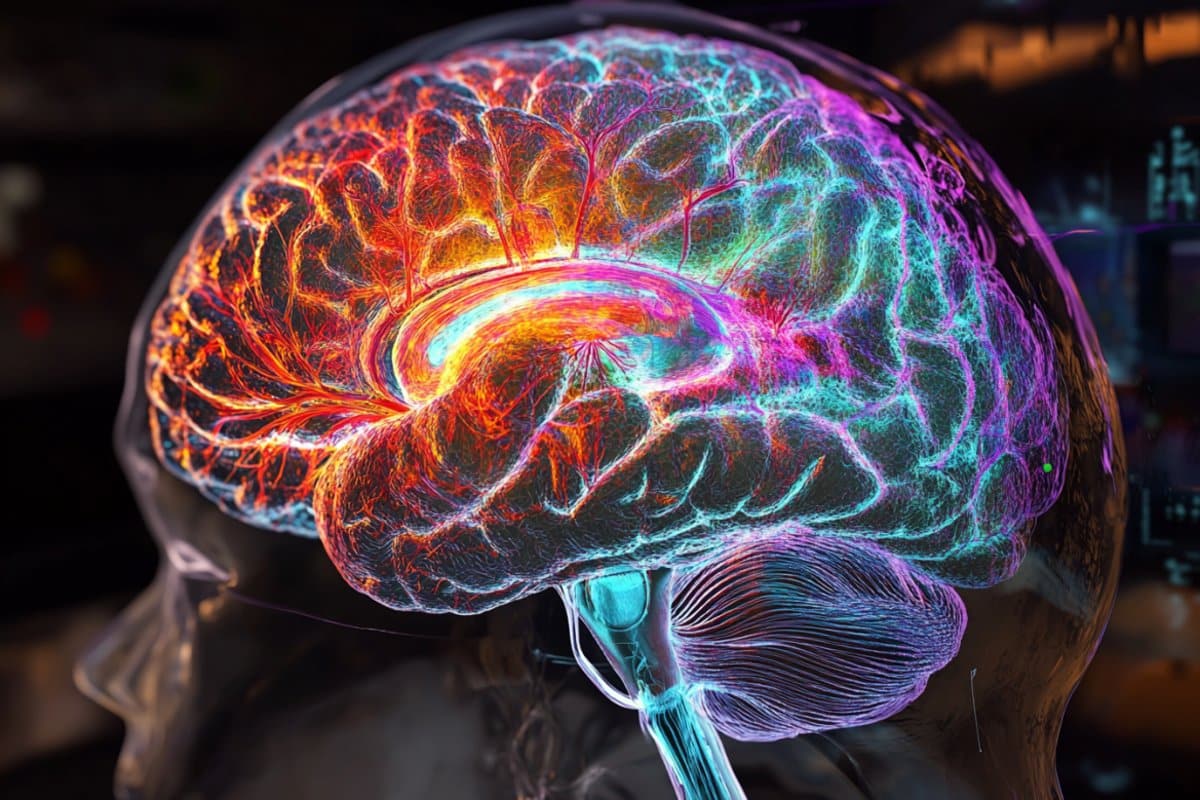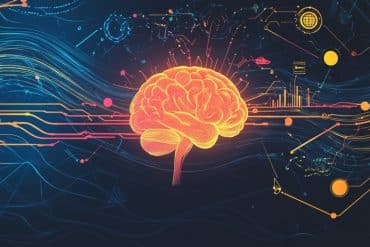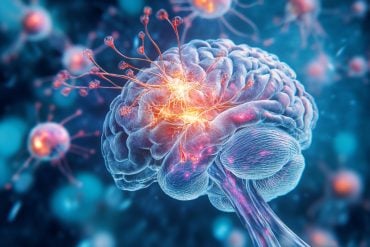Summary: Researchers have discovered that increased blood flow is linked to greater stiffness in the hippocampus, the brain region vital for memory and learning. This is significant because the hippocampus is among the first regions affected by Alzheimer’s disease.
Using magnetic resonance elastography (MRE), a technique that measures tissue stiffness, scientists scanned the brains of young adults and found that only the hippocampus showed this link between blood flow and stiffness. These findings may help pave the way for earlier detection of Alzheimer’s disease by identifying brain changes before memory loss begins.
Key Facts:
- Advanced Imaging: MRE allows precise measurement of brain tissue stiffness and vascular influence.
- Hippocampus Sensitivity: Increased blood flow causes stiffness specifically in the hippocampus.
- Diagnostic Potential: Brain stiffness may be an early marker of Alzheimer’s disease.
Source: University of Washington
ME researchers have discovered that increased blood flow leads to stiffness in the hippocampus, a region of the brain that plays important roles in learning and memory. The hippocampus is one of the first areas in the brain affected by Alzheimer’s disease, a brain disorder that erodes memory and thinking skills, as well as the ability to do daily tasks.
“For the first time, we found that better blood flow makes the hippocampus area stiffer,” says ME Associate Professor Mehmet Kurt, the director of Kurtlab.

“This research suggests that one of the factors impacting hippocampus health might be reduced blood flow. This discovery opens up new potential ways to diagnose Alzheimer’s before memory loss occurs.”
At the UW Center for Human Neuroscience and at the Icahn School of Medicine at Mount Sinai, researchers scanned the brains of 17 volunteers between the ages of 22 and 35 using magnetic resonance elastography (MRE). MRE, which combines magnetic resonance imaging (MRI) with sound waves, provides researchers with information to create detailed images of varying levels of stiffness in the brain.
“We wanted to find out how blood flow could potentially affect brain stiffness through MRE,” says ME Ph.D. student Caitlin Neher, who led the study.
“The hippocampus is only part of the brain that shows this relationship between blood flow and stiffness. This may be because the hippocampus is a region with strong metabolic demand.”
Using factors like blood flow and stiffness components to quantify brain health could help lead to earlier detection of neurological diseases like Alzheimer’s, which currently has no cure.
Some studies reveal that people with Alzheimer’s show softening in the hippocampus. One hypothesis is that in early Alzheimer’s, a reduction in blood flow could lead to this change in the brain, Neher says.
“The study focused on the basic science question of how blood flow and brain stiffness are related,” she says.
“It would be interesting to eventually apply this to a patient population by collaborating with UW Medicine. We want to better understand this link between brain stiffness and blood flow, and come up with diagnostic criteria.”
About this neurology research news
Author: Mehmet Kurt
Source: University of Washington
Contact: Mehmet Kurt – University of Washington
Image: The image is credited to Neuroscience News
Original Research: Closed access.
“Perfusion–mechanics coupling of the hippocampus” by Mehmet Kurt et al. Interface Focus
Abstract
Perfusion–mechanics coupling of the hippocampus
The hippocampus is a highly scrutinized brain structure due to its entanglement in multiple neuropathologies and vulnerability to metabolic insults.
This study aims to non-invasively assess the perfusion–mechanics relationship of the hippocampus in the healthy brain across magnetic resonance imaging sequences and magnetic field strengths.
In total, 17 subjects (aged 22–35, 7 males/10 females) were scanned with magnetic resonance elastography and arterial spin labelling acquisitions at 3T and 7T in a baseline physiological state.
No significant differences in perfusion or stiffness were observed across magnetic field strengths or acquisitions. The hippocampus had the highest vascularity within the deep grey matter, followed closely by the caudate nucleus and putamen.
We discovered a positive perfusion–mechanics correlation in the hippocampus across both 3T and 7T groups, with a highly significant correlation overall (R = 0.71, p = 0.0019), which was not observed in the caudate nucleus, a similarly vascular region.
Furthermore, we supported our hypothesis that increased perfusion in the hippocampus would lead to greater pulsatile displacement in a small cohort (n = 10).
Given that the hippocampus is an exceptionally vulnerable structure, with perfusion deficits often seen in diseases related to learning and memory, our results suggest a unique mechanistic link between metabolic health and stiffness biomarkers in this key region for the first time.






